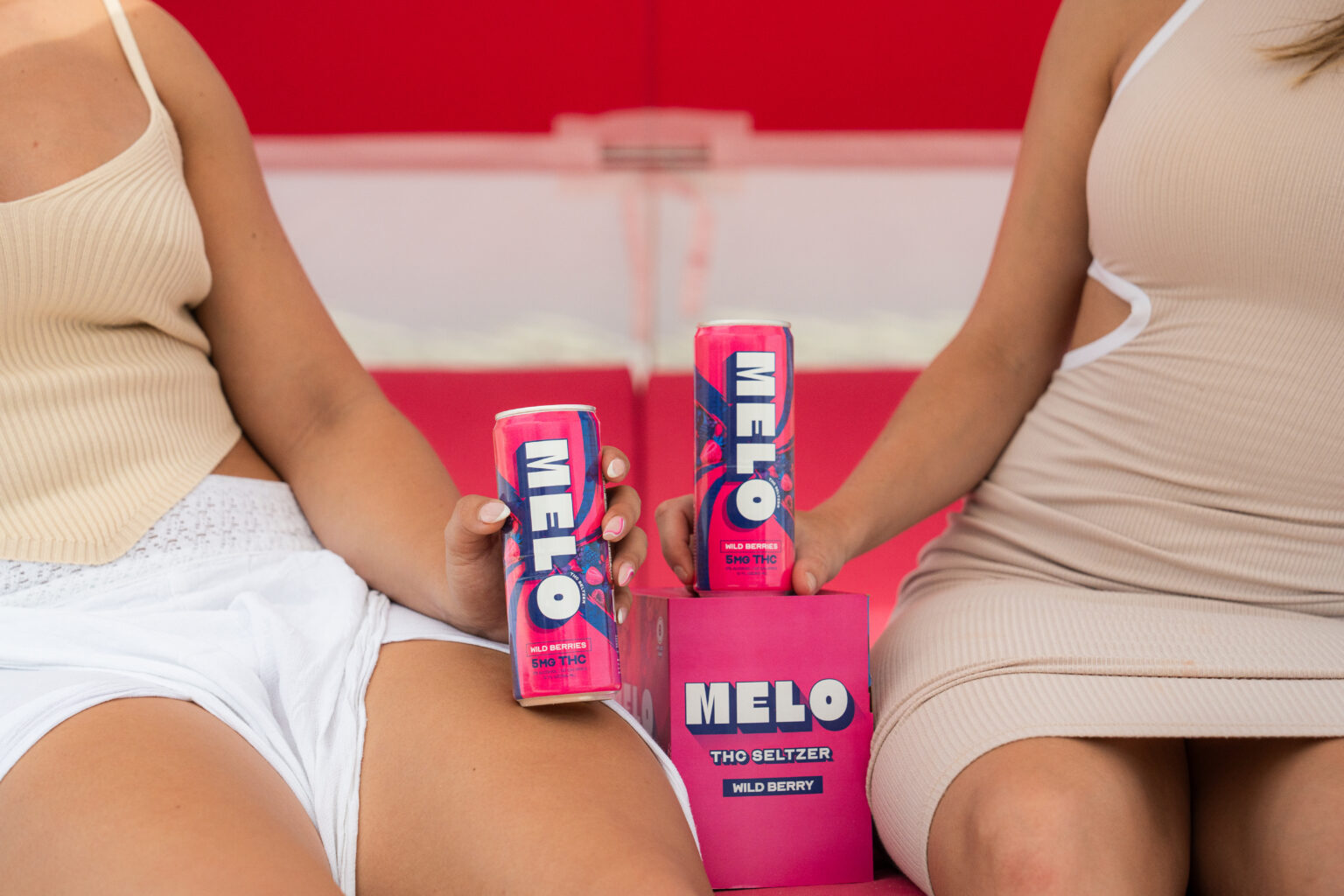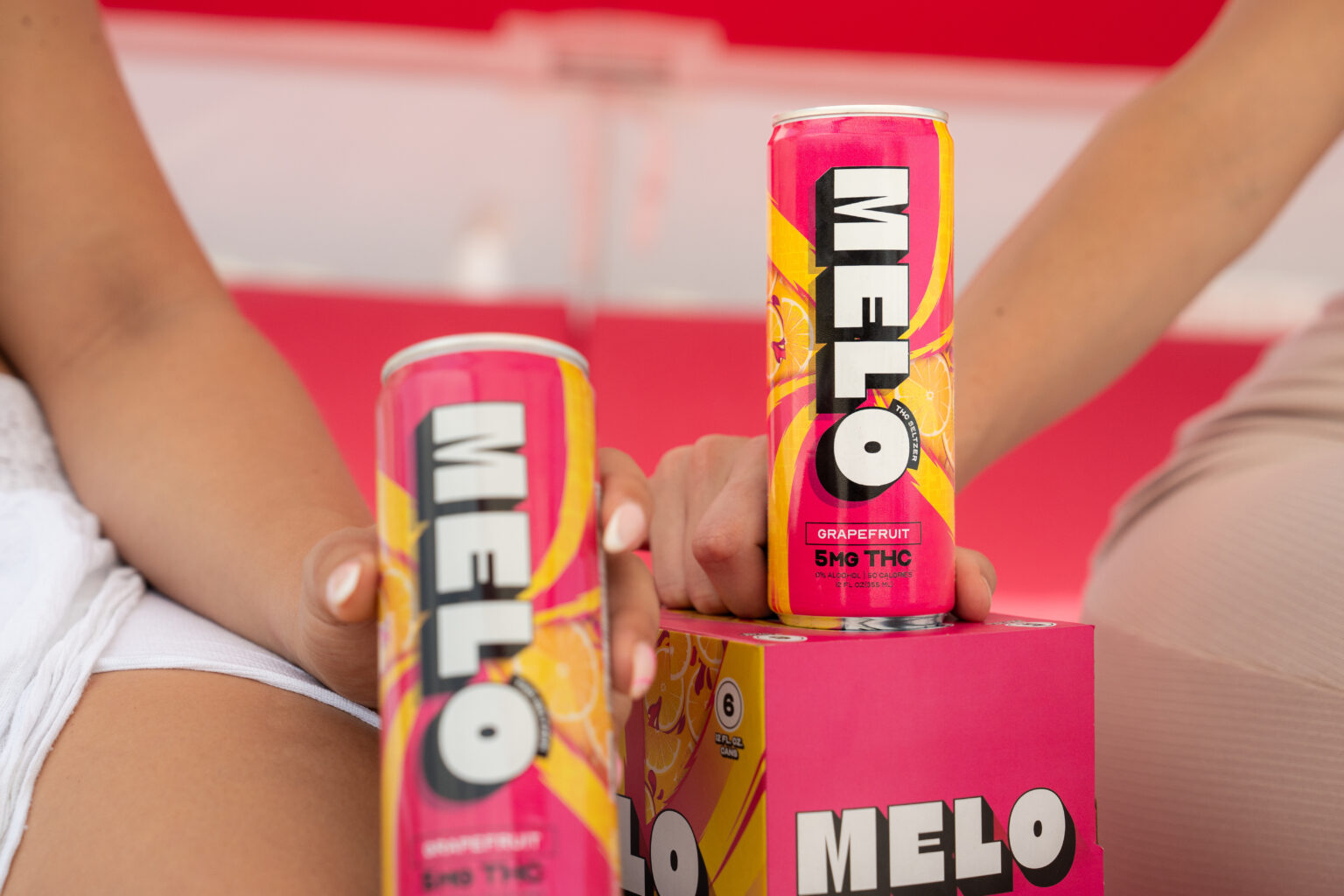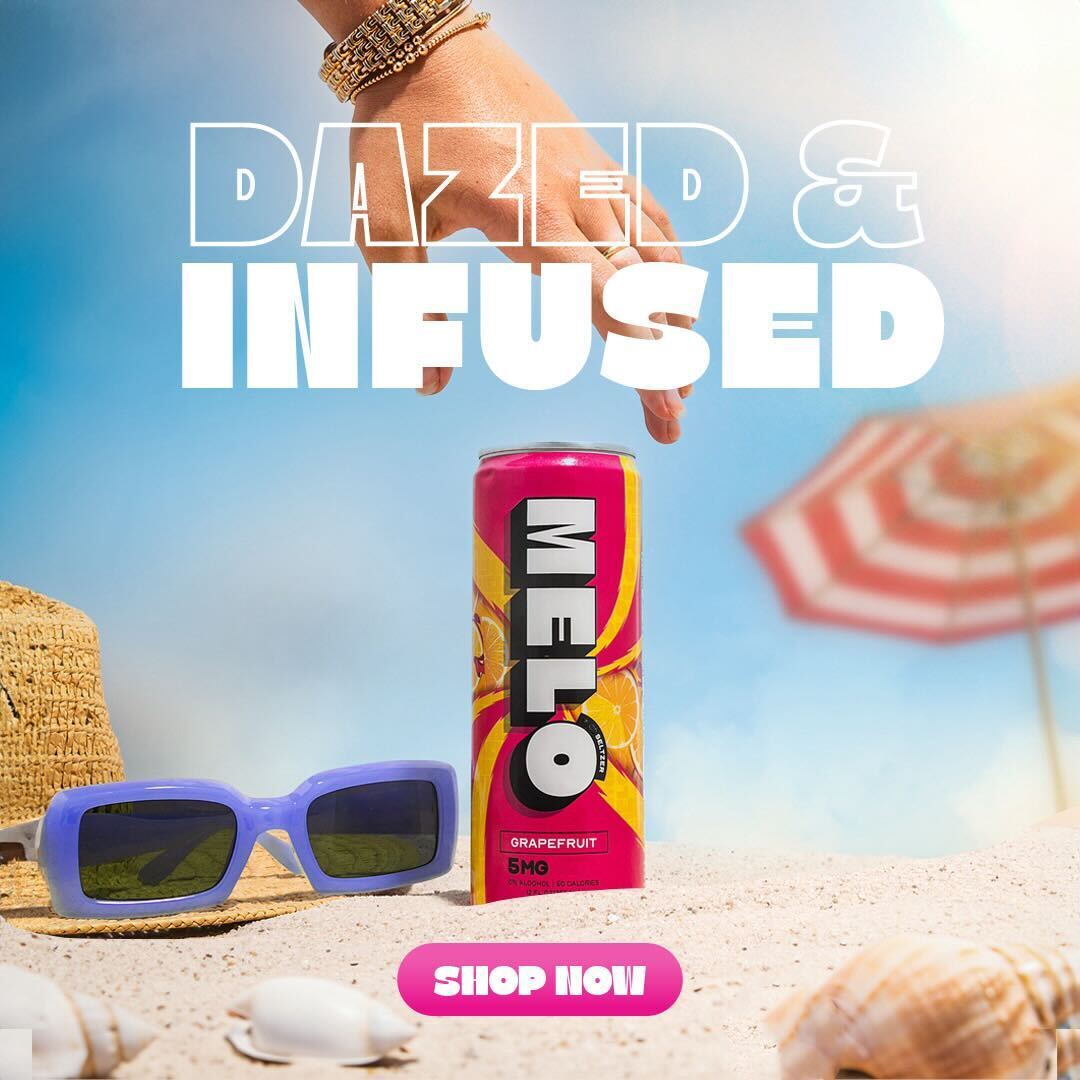Extraction
THC drinks are gaining popularity as a convenient and discreet way to consume cannabis. From sparkling water infused with cannabinoids to classic cocktails with a touch of THC, these beverages offer a diverse range of flavors and experiences. But have you ever wondered how these intoxicating drinks are made?
Source Material
Creating THC-infused beverages involves several key steps. First, cannabis is extracted to isolate the desired compounds, primarily THC (tetrahydrocannabinol). This extraction process can utilize various methods, such as CO2 extraction or solvent-based techniques, which carefully separate THC from other plant matter. Once extracted, the THC concentrate is then diluted and combined with the chosen beverage base, whether it’s water, juice, soda, or alcohol.
The concentration of THC in the final drink is meticulously measured and adjusted to ensure accurate dosing. This often involves using precise scales and measuring tools to determine the amount of THC concentrate needed for each serving. Finally, the beverages are thoroughly mixed and packaged, ready to be enjoyed.
Extraction Method

The most common methods for extracting THC involve separating it from other plant materials. CO2 extraction utilizes pressurized carbon dioxide to isolate the desired compounds. This method is known for its purity and safety as it doesn’t require harmful solvents.

Solvent-based extraction involves using solvents like butane or ethanol to dissolve THC. These solvents are later evaporated, leaving behind a concentrated THC extract. It’s crucial to ensure the solvent is completely removed during this process to avoid any residual chemical traces in the final product.
Purification
The heart of THC drink production lies in the extraction and purification of THC.
- CO2 extraction employs pressurized carbon dioxide to isolate THC, prized for its purity and lack of hazardous solvents.
- Solvent-based extraction uses solvents like butane or ethanol to dissolve THC, followed by solvent evaporation, leaving behind a concentrated extract. This method necessitates rigorous solvent removal to guarantee the absence of harmful residues in the final product.
Infusion
THC drinks are becoming increasingly popular as a convenient and discreet way to consume cannabis. From sparkling water infused with cannabinoids to classic cocktails with a touch of THC, these beverages offer a diverse range of flavors and experiences.
Heating Methods
Heating methods play a crucial role in the production of THC drinks.

After extraction, whether through CO2 or solvent-based techniques, the concentrated THC needs to be infused into the beverage base. Heating is often employed during this process to ensure proper blending and absorption of the THC.
The specific heating method used depends on the type of beverage being produced and the desired consistency. Some common methods include gentle warming in a double boiler or using a low-temperature oven to slowly infuse THC into water, juice, or other liquid bases. For alcoholic beverages, a specialized infusion process may be used where heat is carefully controlled to avoid compromising the quality or flavor of the alcohol.
Temperature Control
Temperature control is crucial during the infusion process of THC drinks.
Heating the beverage base allows the THC to dissolve and evenly distribute throughout the liquid. The specific temperature used depends on the type of beverage and the desired consistency. Too high a temperature can degrade the THC, while too low a temperature may not allow for proper infusion.
Duration of Infusion
Infusion refers to the process of adding THC concentrate to a beverage base. It involves carefully blending the two to ensure the THC is evenly distributed throughout the liquid.
Duration of infusion depends on several factors, including the heating method used, the temperature, and the type of beverage. Generally, infusion times can range from a few hours to overnight.
Filtering the Solution
Infusion is a critical step in creating THC drinks. This process involves combining the extracted THC concentrate with the chosen beverage base—whether it’s water, juice, soda, or alcohol.
- The goal of infusion is to evenly distribute the THC throughout the liquid, ensuring each serving contains the desired dose.
- Heating is often used during infusion to help dissolve the THC and promote better absorption into the beverage base.
The length of time required for infusion varies depending on several factors:
- Type of Beverage: Some beverages, like water, may require a shorter infusion time compared to thicker liquids like juice or alcohol.
- Heating Method: Gentle warming in a double boiler might necessitate a longer infusion period than using a low-temperature oven.
- Desired THC Concentration: The target strength of the final drink will also influence infusion duration. A stronger THC beverage may require a longer infusion to achieve the desired concentration.
Formulation
Formulating THC drinks involves a meticulous process that blends scientific extraction techniques with careful infusion and blending methods.
Choosing Base Ingredients
Choosing the right base ingredients is crucial for crafting delicious and effective THC drinks.
- Water: A clear, neutral base perfect for sparkling infusions or as a foundation for more complex flavors.
- Juice: Offers natural sweetness and a variety of flavor profiles, from fruity citrus to rich berry blends.
- Soda: Provides carbonation and sweetness, often enhancing the overall experience of THC consumption.
- Alcohol: Classic cocktails infused with THC can elevate the experience, but careful consideration must be given to balance and compatibility between the alcohol type and THC concentration.
Each base ingredient brings unique characteristics to the final product, influencing both taste and potential effects.
Adjusting Cannabinoid Concentration
Adjusting cannabinoid concentration in THC drinks is a precise process that involves careful measurements and calculations. The desired potency of the final product dictates the amount of THC concentrate needed for each serving. Manufacturers often use scales and volumetric tools to accurately measure both the concentrate and the beverage base.
A key aspect of this process is ensuring consistency in dosing across all servings. This requires strict adherence to predetermined ratios and careful quality control measures throughout production.
Adding Flavors and Colorings
Formulating THC drinks involves a meticulous process that blends scientific extraction techniques with careful infusion and blending methods. Choosing the right base ingredients is crucial for crafting delicious and effective THC drinks.
- Water: A clear, neutral base perfect for sparkling infusions or as a foundation for more complex flavors.
- Juice: Offers natural sweetness and a variety of flavor profiles, from fruity citrus to rich berry blends.
- Soda: Provides carbonation and sweetness, often enhancing the overall experience of THC consumption.
- Alcohol: Classic cocktails infused with THC can elevate the experience, but careful consideration must be given to balance and compatibility between the alcohol type and THC concentration.
Each base ingredient brings unique characteristics to the final product, influencing both taste and potential effects.
Adding flavors and colorings is another crucial aspect of THC drink formulation. This step involves incorporating natural or artificial ingredients to enhance the sensory appeal and create a more enjoyable drinking experience.
- Natural Flavors: Extracts from fruits, herbs, spices, and other botanicals can provide a wide range of taste profiles, adding depth and complexity to the final product.
- Artificial Flavorings: These synthetic compounds are designed to mimic natural flavors and can offer greater control over taste intensity and consistency.
- Colorants: Natural food dyes derived from plants or fruits can be used to achieve vibrant colors that complement the chosen flavor profile. Artificial food colorings are also available, providing a wider spectrum of hues.
It’s important to note that any added flavors or colorings should be safe for consumption and comply with relevant regulations. Manufacturers must carefully select ingredients and ensure proper labeling to provide transparency to consumers about the composition of their products.
Sweetening Options
Formulating THC drinks involves a meticulous process that blends scientific extraction techniques with careful infusion and blending methods. Choosing the right base ingredients is crucial for crafting delicious and effective THC drinks.
- Water: A clear, neutral base perfect for sparkling infusions or as a foundation for more complex flavors.
- Juice: Offers natural sweetness and a variety of flavor profiles, from fruity citrus to rich berry blends.
- Soda: Provides carbonation and sweetness, often enhancing the overall experience of THC consumption.
- Alcohol: Classic cocktails infused with THC can elevate the experience, but careful consideration must be given to balance and compatibility between the alcohol type and THC concentration.
Each base ingredient brings unique characteristics to the final product, influencing both taste and potential effects.
Sweetening options for THC drinks are as diverse as the flavors themselves.
- Sugar: A traditional sweetener that provides a familiar sweetness profile. Cane sugar, beet sugar, and coconut sugar offer variations in flavor and origin.
- Honey: Adds a natural sweetness with a distinct floral aroma. Its viscosity can also contribute to a thicker mouthfeel in beverages.
- Agave Nectar: A plant-based sweetener known for its mild taste and low glycemic index. It dissolves easily in liquids and blends well with various flavors.
- Maple Syrup: Provides a rich, complex sweetness with a hint of caramel. Its unique flavor profile can complement earthy or nutty notes in THC drinks.
- Stevia: A natural, zero-calorie sweetener derived from the stevia plant. It offers intense sweetness and can be a suitable option for individuals watching their sugar intake.
When selecting a sweetener for your THC drink, consider factors such as desired taste profile, calorie content, and any potential interactions with the other ingredients.
Bottling and Packaging
Once the THC is infused into the chosen beverage base, it’s time to bottle and package these creations. This stage involves careful handling to maintain product quality and ensure safe consumption.
Sanitization
Bottling and packaging are essential steps in bringing THC-infused beverages to market. They involve meticulous processes designed to preserve the integrity of the product while ensuring consumer safety.
- Sanitization: Bottles, caps, and all equipment that come into contact with the drink must be thoroughly sanitized to eliminate any potential contaminants. This typically involves using specialized cleaning agents and procedures to ensure a sterile environment during bottling.
- Filtration: Before filling, the beverage is often passed through filters to remove any remaining particulate matter, ensuring a clear and consistent product.
- Filling: Precise filling machines are used to dispense the exact amount of THC drink into each bottle. This helps maintain consistency in dosage across all products.
- Capping: Bottles are tightly sealed with caps to prevent leakage and contamination. Specialized capping equipment ensures a secure seal that will remain intact during storage and transportation.
- Labeling: Accurate labeling is crucial for providing consumers with essential information about the product, including THC content, serving size, ingredients, and potential warnings. Labels must comply with all relevant regulations.
Proper storage conditions are vital to preserve the quality and potency of THC drinks.
Filtration for Clarity
Once the THC-infused beverage is bottled and sealed, it’s essential to store it properly to maintain its freshness, flavor, and potency. Ideally, THC drinks should be stored in a cool, dark place away from direct sunlight or heat sources.
Temperature fluctuations can negatively impact the quality of the product, so maintaining a consistent storage temperature is crucial. Refrigeration is often recommended for THC beverages, as it helps slow down chemical degradation and preserve flavor compounds.
Similar to other food products, exposure to air can lead to oxidation and loss of potency over time. Storing THC drinks in airtight containers helps minimize this risk.
The shelf life of THC drinks varies depending on several factors, including the specific ingredients, storage conditions, and the presence of preservatives. Generally, it’s best to consume THC-infused beverages within a few weeks to ensure optimal quality and potency.
Labeling Requirements
Bottling and packaging play a critical role in ensuring the safety and quality of THC drinks.
The process begins with meticulous sanitation of all equipment and containers to prevent contamination.
Next, the THC-infused beverage is filtered to remove any remaining particles, ensuring a clear and consistent product. Precise filling machines dispense the exact amount of drink into each bottle.
Tightly sealed caps are then applied to protect against leakage and maintain product integrity.
Accurate labeling is crucial for providing consumers with essential information about the product, including THC content, serving size, ingredients, and potential warnings. All label designs must comply with relevant regulations.
THC drinks should be stored properly to preserve their freshness, flavor, and potency.
Ideally, they should be kept in a cool, dark place away from direct sunlight or heat sources. Refrigeration is often recommended to slow down chemical degradation.
Air exposure can lead to oxidation and loss of potency, so storing THC drinks in airtight containers is essential.
The shelf life of THC drinks varies depending on factors such as ingredients, storage conditions, and the presence of preservatives.
For optimal quality and potency, it’s best to consume them within a few weeks.
Storage Recommendations
Bottling and packaging are essential steps in bringing THC-infused beverages to market. They involve meticulous processes designed to preserve the integrity of the product while ensuring consumer safety.
Proper sanitation is paramount to prevent contamination. Bottles, caps, and all equipment that come into contact with the drink must be thoroughly sanitized using specialized cleaning agents and procedures.
Filtration removes any remaining particulate matter before filling, ensuring a clear and consistent product. Precise filling machines dispense the exact amount of THC drink into each bottle for consistent dosage.
Bottles are then tightly sealed with caps to prevent leakage and contamination. Labeling is crucial, providing consumers with essential information about the product, including THC content, serving size, ingredients, and potential warnings. All labels must comply with relevant regulations.
Storage recommendations are key to maintaining the quality and potency of THC drinks. Ideally, they should be stored in a cool, dark place, away from direct sunlight or heat sources. Temperature fluctuations can negatively impact the product, so consistent storage temperature is important.
Refrigeration is often recommended to slow down chemical degradation and preserve flavor compounds. Air exposure leads to oxidation and potency loss, so airtight containers are essential.
The shelf life of THC drinks varies depending on ingredients, storage conditions, and the presence of preservatives. For optimal quality and potency, consumption within a few weeks is recommended.
Order Melo Seltzer’s Best THC Seltzers
- Nu-Derm Skin System Near New Malden And Coombe, Surrey - October 18, 2025
- Nu-Derm Skin System Near Brockham, Surrey - October 15, 2025
- Non-Surgical Brazilian Bum Lift In West Byfleet Surrey - October 12, 2025
